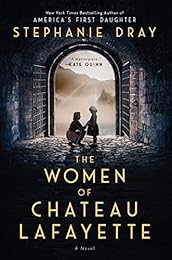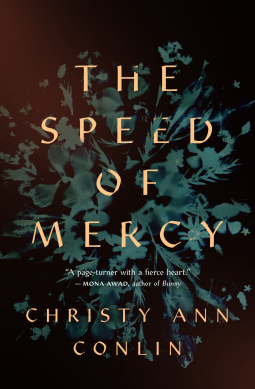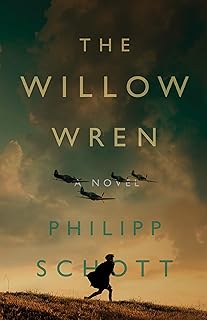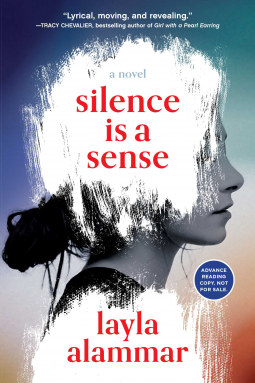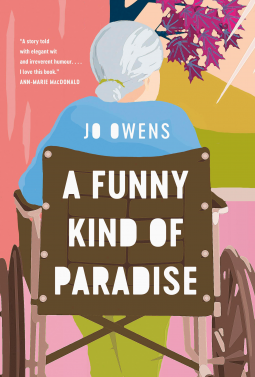3.5 Stars
This historical novel chronicles the lives of three women in three different time periods who are connected to Lafayette’s ancestral home in France.
In the 1770s, Adrienne de Noailles marries Gilbert du Motier, Marquis de Lafayette who fights for American independence and sparks the French Revolution. While her husband is often away from home, she raises the children and unfailingly supports him and his battles for freedom and justice, even if she has to risk her life to do so.
Beatrice Astor Chanler, a New York socialite, is inspired by Lafayette to urge the U.S. to support France in World War I. She helps raise money for humanitarian aid, eventually turning Lafayette’s chateau into a school, orphanage, and preventorium for the care of frail and malnourished children, as well as a museum of the life and family of Lafayette.
During World War II, Marthe Simone is a teacher at the Chateau Lafayette where she grew up as an orphan. When the Germans invade, she becomes involved in secretly hiding Jewish children at the chateau.
The book describes historical events from the perspective of women. Adrienne Lafayette and Beatrice Chanler were real people who influenced events, whereas Marthe is a fictional character. All three women are courageous, resilient, resourceful, tenacious and intelligent. Though Beatrice and Marthe are flawed, Adrienne seems flawless. She is unfailingly loyal and supportive and supremely heroic.
Just as Adrienne is portrayed as virtually perfect, the same is true of the depiction of Lafayette. The author and the three protagonists all seem to suffer from hero worship. I understand that Lafayette is an almost mythic figure for Americans so the mere mention of any flaws might seem almost sacrilegious, but showing him to be less than perfect would make him more realistic. In this regard, omitting Lafayette’s 30-year relationship with Diane, the Comtesse de Simiane was a mistake.
Marthe’s story is also problematic. A woman is sexually attracted to a woman, but seems to adapt to marriage to a man rather easily? She says, “I don’t long for her anymore. I’ve let that go.” Is the author making a comment about homosexuality?
The novel’s chapters alternate among the three women. Often chapters end in cliffhangers which are only resolved two chapters later. The author can be commended for connecting the three narratives. One of Marthe’s chapters ends with Americans landing in North Africa; it is followed by Beatrice’s chapter which begins with Americans joining the war. One of Adrienne’s chapters ends with a reunion; it is followed by Beatrice’s chapter which begins with a reunion. Several characters from Beatrice and Marthe’s stories overlap.
Dray can also be commended for her extensive historical research. Perhaps, however, she should have written three novels. This one, at 550+ pages, feels too long. A trilogy, with one book devoted to each character, might have worked better. In the Author’s Note, Dray mentions that she began by wanting to tell the story of Adrienne Lafayette and perhaps one book devoted to her would have depicted both her and her husband more realistically. The other books could have continued the story of the Lafayette legacy, ostensibly the purpose of this book.
Readers who enjoy historical fiction and strong female characters will find much to like in this book. Though I appreciate the message about the necessity of fighting for one’s principles, I wasn’t always totally engaged, primarily because of the worshipful characterization of the Lafayettes. And Beatrice and Marthe are inflicted with unquestioning, rapturous adoration of this couple. For me, a more nuanced portrayal is always preferable.
Note: I received an eARC from the publisher via NetGalley.
